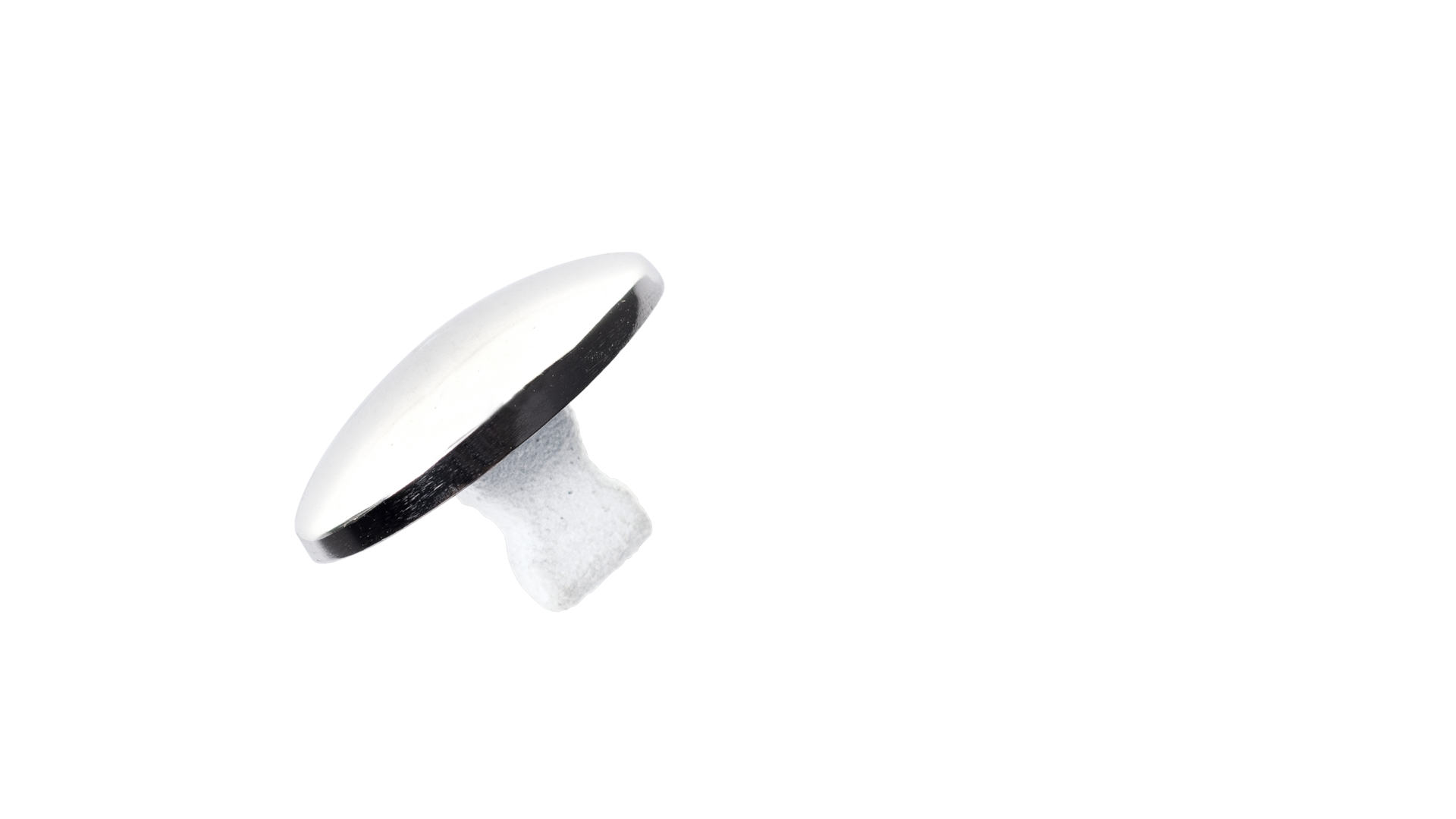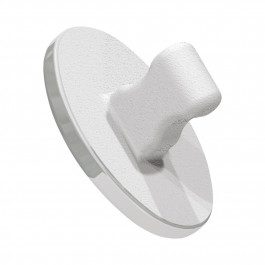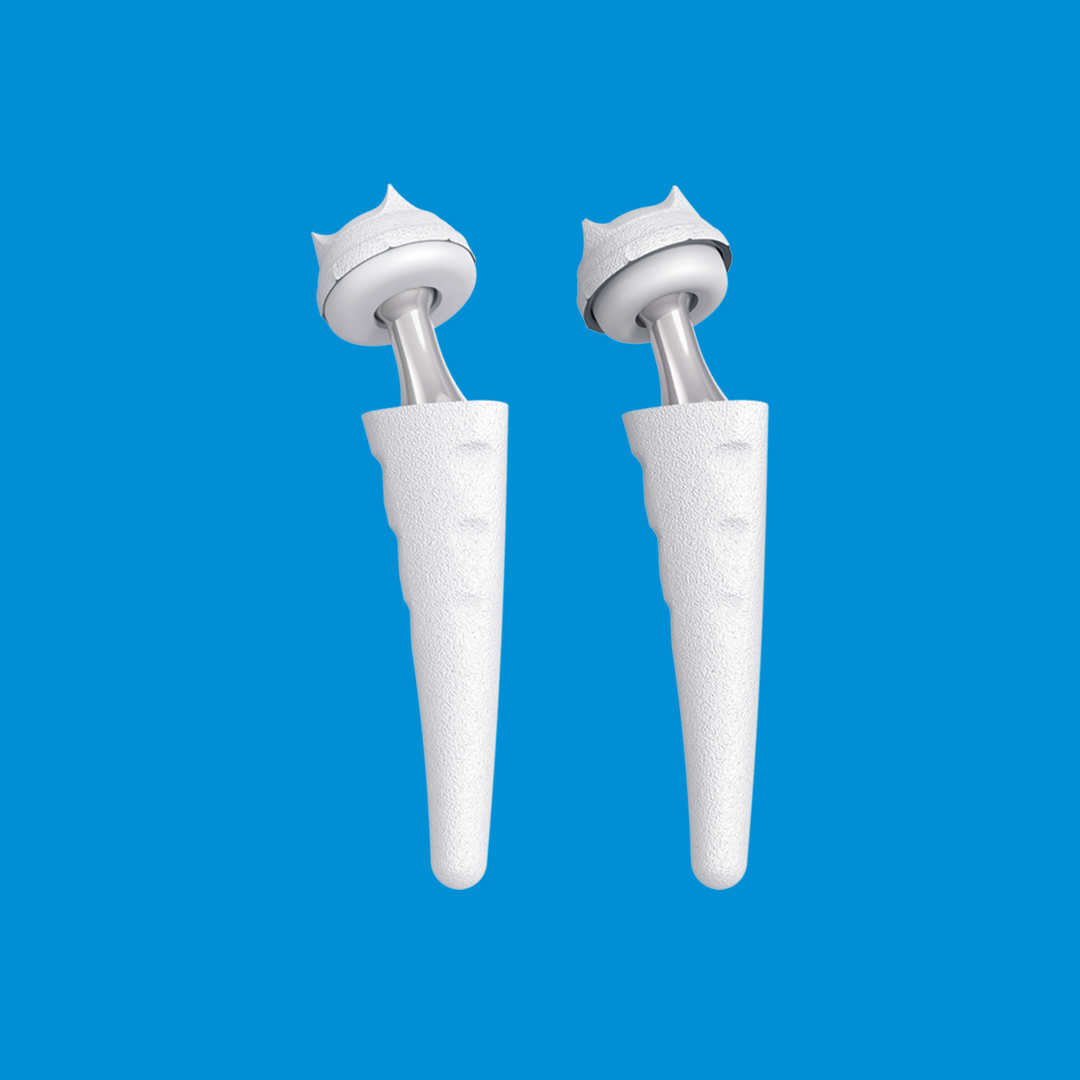
INCA™ STT Prosthesis
Features
- Anatomically designed implant
- Available in 2 sizes
- Double coating of porous titanium
INCA™ STT Prosthesis
The INCA™ is designed to treat scaphotrapeziotrapezoid osteoarthritis. It is a resurfacing implant of the distal pole of the scaphoid.
- Anatomically designed implant, ensuring a perfect match to the trapeziotrapezoid joint surface.
- Available in 2 sizes
- Primary stability is achieved through stem shape. Double coating of porous titanium and hydroxyapatite ensures secondary stability
- Simple instrumentation adapted to the surgical approach of the tight STT joint
INTERESTED IN INCA™?
If you would like more information regarding Skeletal Dynamics INCA™ STT Prosthesis.
Interested in the INCA™ STT Prosthesis ?

Anatomical Shape

Stability
This pioneering system from Groupe Lépine is part of a range that also includes

Groupe Lépine is a French family company who have been pioneering to be the leading partner of the medical world since 1714. Based in Genay, near Lyon, Groupe Lépine currently operates with 450 working employees across 8 operational sites. Groupe Lépine products are available in more than 30 countries around the world with LEDA being the leading distributor of the INCA™, COBRA™, MAÏA™, and MEMOFIX™.
Frequently Asked Questions
Scaphotrapeziotrapezoid (STT) osteoarthritis, is commonly associated with basal thumb arthritis. The scaphotrapeziotrapezoid joint can be found on the radial side of the wrist. Many people suffering from scaphotrapeziotrapezoid osteoarthritis will experience pain or an aching sensation at the base of the thumb usually when gripping, pinching or activities involving hand movement.
The scaphotrapeziotrapezoid joint, also known as the triscaphe joint, is a shared joint in the wrist between the scaphoid, trapezium and trapezoid bones. The STT joint in the hand is considered to be dome-shaped.
Scaphotrapeziotrapezoid osteoarthritis is usually detected during an X-Ray of the wrist and is very common to find in a wrist radiograph however, during an examination a doctor will be able to test the functionality of the joint and the effect it has during various hand movements. Usually after an examination and diagnosis

